Following on from the TEL journal club on Learning Difficulties and e-assessment, the TEL team looked at Online Maths Questioning in the article: Delivering an online course using STACK. The article, which details work on an online foundation maths course at the University of Edinburgh, gives three different approaches of instructional design to use e-assessment for developing students' Mathematical fluency.
Recently the TEL team have been responding to renewed interest in e-assessment from staff looking to innovate and improve their teaching, deliver timely formative feedback, all whilst balancing workload! The article is largely platform agnostic (although they used the STACK e-assessment platform) and was selected to familiarise our team with some approaches in maths e-assessment so we could explore the strengths/limitations from a pedagogical and technical points of view.
How was e-assessment used for learning and teaching Maths skills?
- The student activities were based on three different instructional design models:"Faded worked examples" have students introduced to worked examples and then solve sets of similar problems with diminishing levels of guidance.
- "Retrieval practice questions" continuously challenge students to engage with maths content over an extended period of time, rather than as a discrete topic.
- "Learner generated examples" are where students have to suggest an answer that fits certain broad criteria (e.g. "write down a continuous function that has a local minima at x=a and maxima at x=b"). In contrast to the other strategies, this is a more open ended question with no singular method to follow and demands some creativity on the part of the learne
What were some of the strengths of these strategies?
These approaches are all linked to cognitive ideas around developing maths fluency as a skill and are well suited to the chosen context of introductory maths courses.
The retrieval practice question model views learning as a process that takes place over time, rather than in discrete topics. This is again useful for students developing fluency and confidence in applying existing skills in new contexts.
The "learner generated examples" gives a way in which computer aided assessment has unique advantages over regular assessment. The authors argue that this type of question has real education merit, but is not commonly asked from a teaching point of view, in part due to the time needed to assess so many different answers.
What are some of the limitations of these approaches?
At the heart of e-assessment's limitations for maths is the technology itself: the assessment stage happens on the student's final answer only. This limits the accuracy of the assessment in terms of its validity and also the richness of formative feedback that can be delivered.
This restriction on final answer validation impacts the complexity in writing educationally meaningful questions with useful feedback. Maths e-assessment, therefore lends itself more readily to focus on developing the students' fluency in maths as a skill and methods, rather than more open ended problem solving aspects. A potential pitfall could also be that this lead students value the final answer as more important than their actual approach.
Despite the challenges associated with final answer validation, it is important not to understate the importance of the fluent application of methods as a stepping stone to support tackling harder problems and the value these approaches can bring.
There are some wider challenges with equipping staff to develop meaningful questions and the rising complexity in developing sophisticated questions and also developing skills to use these tools
What opportunities are there to use this in my teaching?
- Use as a tool to overcome maths as a barrier (introductory maths and courses with prerequisites) to meaningfully access and engage with more complicated and more context specific learning.
- Support course wide learning and embed maths quiz resources across different modules.
- Complement existing teaching goals and methods. These could include flipping the classroom, motivate problem classes, bitesize revision or low-stakes summative engagement activities and interactive course materials (interleave textbook exposition with videos, worked examples and also practice questions).
- Use computer aided assessment to assess and feedback on students' real statistical/lab data.
- Support practice and Assessment as Learning strategies through parameter randomisation to automatically generate questions.
- Formative assessment opportunities to deliver timely, personalised and specific feedback automatically.
How can I find out more?
- Visit the University of Bath STACK demo course (contact tel@bath.ac.uk for access).
- Self-enrol on the NUMBAS demo on Moodle
- Contact tel@bath.ac.uk for more information, training and design.
- Look out for our case study on how NUMBAS was used in a 2nd year Maths for Engineering course.
Respond


